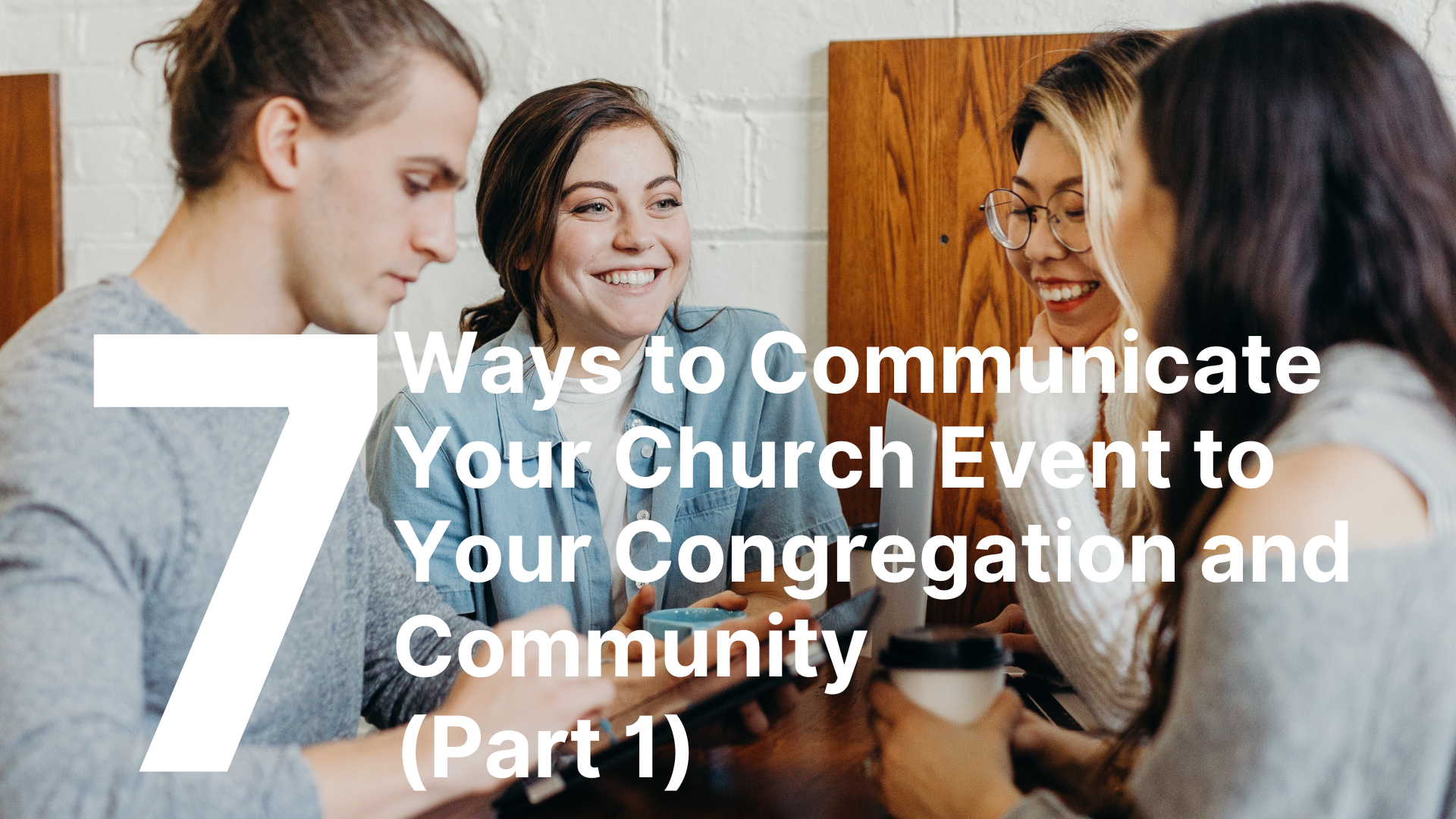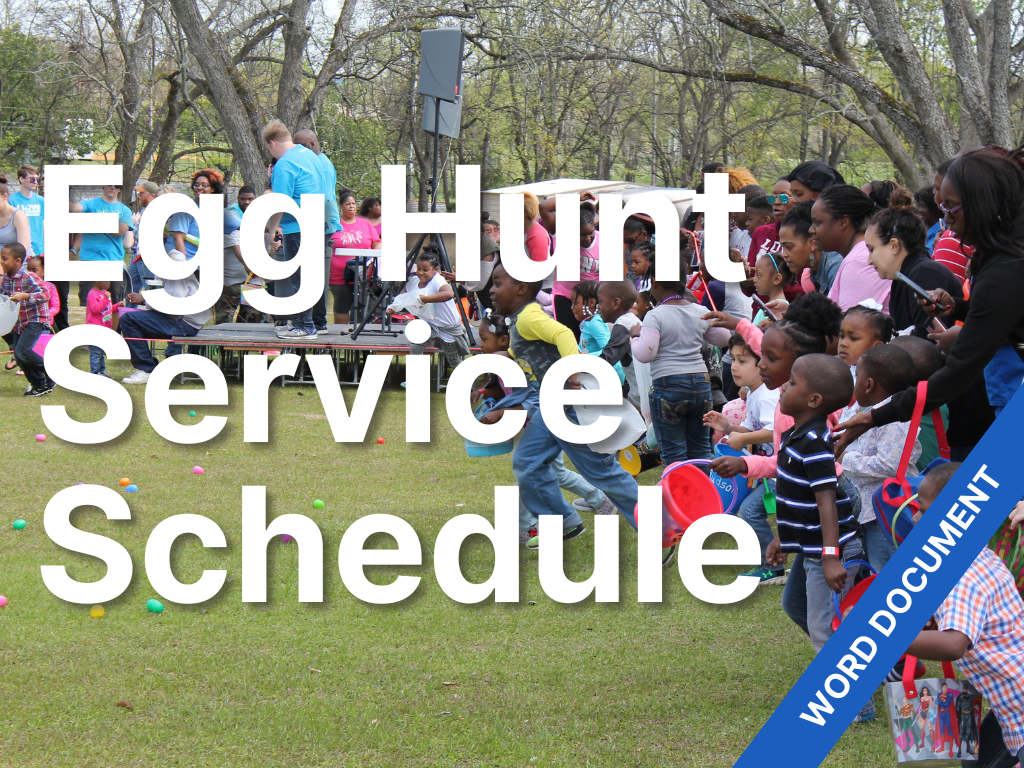7 Ways to Communicate Your Church Event to Your Congregation and Community (Part 1)
Photo by Brooke Cagle on Unsplash
One of the most valuable tools in a minister’s toolbox is their communication skills. We’re in the people business and how we communicate with people is vital to us completing the Great Commission. But how do you do that exactly? How do you make sure that your message is getting out there? How do you make sure that you’re not just spitting into the wind?
The truth is sometimes you just are. This is one of my favorite t-shirts from communications pastors.
It can be so frustrating that people don’t see what we’re putting out there or take the time to seek it out, but people are people. Instead of railing against it or looking for that silver bullet that’s going to work for everyone, I suggest using as many different channels as possible. My thought is no one will engage with all of them, but everyone will engage with at least one of them.
“No one will engage with all of your communication, but everyone will engage with at least one of them.”
If I do have someone that doesn’t know what’s going on in my ministry, I don’t want it to be because they couldn’t find it, but because they weren’t looking.
There are a lot of different channels to use for communication, and you may be thinking that you don’t have time to use all of them. And I’ll be honest, it does take a lot of time. However, you can repeat a lot of the same content in different packaging.
In this part, I’ll focus on the communication channels that people interact with when they come to your church. In part 2, I’ll talk about the channels outside of your building.
1. From the stage
The stage may be the most powerful place to make an announcement. Everyone wants to hear their event come from the Pastor’s mouth. If they say it, most people are listening and will at least consider what they’re suggesting.
But stage announcements by design have to be short and to the point. Most churches try to keep their announcements down to three things and some only one. Getting your event or important information up there can be difficult. The rule we always went by is if it didn’t apply to 80% of the audience, it didn’t make it to the stage.
What that meant for me as a kid’s pastor was my Ice Cream Challenge and baptism class didn’t make the stage, but looking for volunteers for VBS, Trunk or Treat, or Egg Hunt did. Many times, we were able to celebrate the results of the events that didn’t get announced with a 60 second highlight video. Here’s how to get the photos you need for one of those.
Throughout this series, I’ll use the same event for each channel. Here’s a sample announcement for a church wide fall festival called Light the Night coming up at the end of the month.
“Light the Night is almost here! If you’re new here, that’s our annual Fall Festival we host every October 31. We have hundreds of families from all over our community come to our campus looking for a safe and fun place to bring their children. You can help us light up the night by volunteering to host a trunk, run an inflatable, serve food, help with registration and more. To find out more information and help us get the word out visit our events page on our website or scan the QR code on the screen.”
2. Bulletin
Whenever there’s a new event, people’s default is to put it in the bulletin. It’s understandable. That’s a new sheet of paper (or webpage if your church is up with the times) that’s put in everyone’s hands every week. It can be a very effective tool for getting the message out.
However, there are some drawbacks. One, not everyone comes every week so if you run the announcement for only a week, only one-third to one-fourth of your church has the possibility to see it. Two, not everyone gets a bulletin when they come or even read it. Lastly, if they do get a bulletin and try to read it, most of the time it’s so full of information, your announcement is lost. The same can be said for your kids’ take home paper.
As with the stage announcement, what you say here is important. You want to avoid insider language like go talk to John Smith to find out more information or email Judywallawallabingbang72@aol.com
Start with a clear title, express the need or the problem you’re trying to solve, and end with an actionable call to action like visit your website (include the easy link) or drop by your booth in the lobby.
A great bulletin announcement for your fall festival would read:
“Come Light the Night with us on October 31!
Light the Night, our annual fall festival is coming up quickly. Hundreds of families all throughout our community come to our campus to find a safe and fun environment for their children. You can be a part of this incredible outreach by volunteering to host a trunk, serve food, or many more. Get involved and find more information at our booth in the lobby or at our website yourchurch.com/events.”
3. Screens/booths/banners
This method is more passive compared to the other channels we’ve talked about before. These are up for an extended period of time and are designed to catch people’s attention. Think of billboards down the highway but now they’re in your church.
The reason I list these three together is you can create one graphic and use it in different ways just by changing the aspect ratio. I’m not a graphic designer, but I know enough to find my way around. Before an event, I’d ask my church graphics person to create the graphic for the screen, and then send me the design file. I will then take that file and with minor tweaks, change it to fit on a banner, flyer, social media, whatever. When you do it this way you have one cohesive brand for your event and people will learn that those colors, fonts, and other design elements mean your event.
If you know all the ways you’re going to use the event graphic, then you can ask your graphics person to create them and save you a lot of time and energy.
Design is changing all the time, but there are some basic principles each graphic needs to include like, what, where, when and a call to action. A QR code works great for this just make sure you also put the website in case people have problems. I love to use pictures on these graphics. The people you use tell the story of who comes and who volunteers. Also, people are drawn to faces. The more prominent you can make a face the more likely someone is going to look at your graphic.
Every church I’ve served in has asked me to create a booth in the lobby. This creates a central hub for participants and volunteers to ask questions, get more information, and sign up. These booths need to be eye-catching, but also fit the culture of the room. At my first church, every booth was basically a counter with a cloth wall behind it. I had to stay in that 4x8x3 ft space and make it pop. At church number three, we had a huge lobby and far fewer limitations. For our fall festival, I borrowed a small car and parked it in front of my booth. Then we decorated it to look like a trunk. In addition, we used pictures, flyers, a TV running the video announcement and sign-up sheets. When you’re doing a booth make sure you have a knowledgeable volunteer or yourself stationed there before and after service. A booth without a person is a booth without sign ups.
“A booth without a person is a booth without sign ups.”
If you’re using these three channels of communication, most likely people will know that something is happening at your church or in your ministry. The people who see and interact with them are your core audience and often the events won’t happen without them.
Don’t go halfway here. The marketing and communication you use is people’s first impression of your event. If it’s subpar, they’re likely to think that your event will be as well.
Next week, I’ll cover the next 4 channels of communication that are more outward facing, but in today’s technological and connected world are absolutely vital to your success.






This kit gives you a kids registration card, check-in procedures, and a guest letter for parents. All of the documents use word except the registration card, which uses Photoshop.